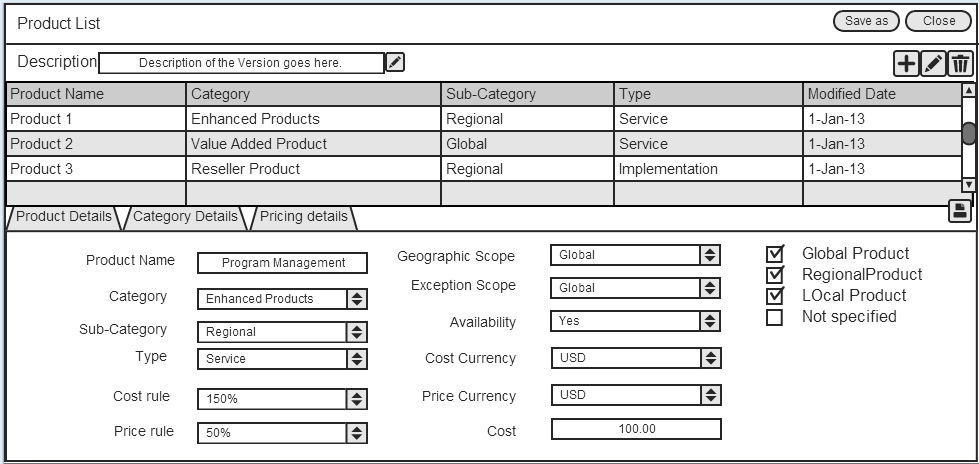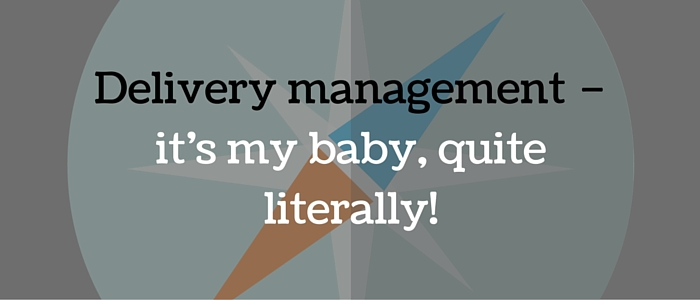I had an opportunity to be in Paris to discuss an upcoming module in the existing application that we have built for our client. It was a crucial one month as it was a challenge to complete the requirements and get a sign off. Now why do I call it a ‘Challenge’? Here are some reasons:
- Very limited availability of the SME (Subject Matter Expert), just 1 to 2 hours a day
- Module was completely new and we had to start with ‘Ideation’ process
- A deadline and pressure of completing the documentation along with a sign-off
To achieve this task, we had to change our routine documentation approach and fast-track the entire process without missing any details. Summarizing here the “BEST” approach which turned out to be successful! Of course, this may or may not be applicable to everyone based on their specific circumstances.
B: Business understanding
E: Effectiveness
S: Simplicity
T: Tool usage
- Business:
- Effectiveness:
- Simplicity:
- Tool:
As a standard practice at e-Zest, Business Analysts are always encouraged to understand the domain and client’s business as thoroughly as one can. Particularly with this client, thorough understanding of their business was crucial. We being the ‘Product Delivery Experts’ were involved at every stage of the ‘Ideation’ process. So, before leaving for the assignment, I gathered every possible piece of information about the new module which came in handy during the visit.
For us it means optimum documentation to give best possible results. Instead of the usual use case format (boring to read and write), we decided to use the‘prototyping approach’ for the documentation. We shared click-through prototypes with the product owner(s) which made it very easy to visualize the end product. Almost 70% of the work was approved based on the prototypes!
To manage the (limited) available time of the SME effectively, we broke down the module into smaller features and followed a cycle of Brainstorming, Specification, Review and Approval for each of them.
I am a fan of ‘KISS Principle’ (Keep It Simple, Stupid! - by Kelly Johnson) myself and try to implement it in everyday life, everywhere. We tried to simplify everything, right from brainstorming sessions, creating mockups, defining workflows, listing data items to reviewing and approving the documents! Check out a simple mockup in the next section. They say ‘complex problem simple solution’ and not the other way around.
Since our approach was based on ‘Prototyping’ we had to choose the tool very wisely. At e-Zest we use ‘Mockingbird’ for wire framing and I decided to use the same for my project. I created a project with multiple mockups and shared a web link of this click-through prototype with stakeholders. This mockup (sample below) with a data table and few validations was enough for visualizing the end product. This was supported by workflows of the module in the form of Business process maps or simple flowcharts.

Keeping ‘BEST’ in mind made my assignment easy and effective. I look forward to use the ‘BEST’ solution in my future assignments as well.

